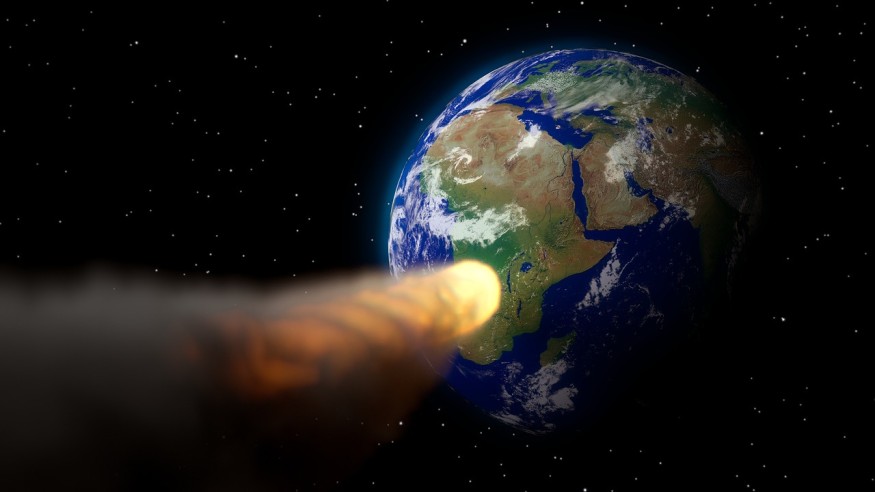A killer asteroid could hit Earth in the next 23 years, according to reports.
Due to the potential asteroid strike, the National Aeronautics and Space Administration (NASA) is planning to attack the space rock named "Asteroid 2023 DW" should its threat become more evident in the coming years and decades.
The massive asteroid had a reported width size similar to a football field.
Asteroid Hitting Earth

NASA estimates that Asteroid 2023 DW could either hit or make a close approach with Earth on February 14, 2046.
The US space agency said on Tuesday, March 7, there is a very small chance that the newly detected asteroid will be hitting Earth, as cited by the BBC.
The agency emphasized there is only a 1 in 560 chance the asteroid will strike Earth.
However, this probability could change in the future, similar to previous asteroid projections.
In recent years, NASA has been engaged in planetary defense tests, including the Double Asteroid Redirection Test (DART).
The method has proven that humans can deflect or divert near-Earth objects, especially killer asteroids from its original trajectory.
In September 2022, redirecting large space rocks is made possible when the DART aircraft targeted the Asteroid Didymos and its moonlet Dimorphos.
While asteroid strikes, including small ones, are common, planet-killing or destructive ones are rare.
The intensity of an asteroid impact is dependent on its size, mass, composition, speed, and trajectory upon reaching Earth's impact, based on theory.
NASA DART Mission
The NASA space program DART Mission embarked on a 10-month journey from November 2021 to September 2022 towards Didymos and Dimorphos to demonstrate the effectiveness of asteroid deflection through kinetic impact.
Kinetic impact is the use of physical force with the aim of transferring kinetic energy to another matter.
While targeting asteroids with nuclear warheads just like from the movie "Armageddon" has not been done yet, DART is the first-ever mission to show that an asteroid's motion in space can be altered through kinetic energy, according to NASA.
Earth Impactors
Just like other planets in our solar system, Earth is susceptible to asteroid impacts, as evident based on evidence of craters and other geochemical particles indicating that a space object once collided with Earth.
The Planetary Society list some of the most notable asteroid impacts in Earth's history:
- The Chelyabinsk Event - In 2013, an asteroid entered the Earth's atmosphere over the Russian city of Chelyabinsk, where it exploded mid-air and released an energy similar to 500 kilotons of TNT. While it did not caused any fatalities, the shockwave from the blast injured 1,500 people and damaged 7,200 buildings across six cities.
- The Tunguska Event - In 1908, an asteroid or comet passed through our planet's atmosphere and exploded above Tunguska, which is also in Russia. The explosion has a reported estimate of being 1,000 times more powerful than the atomic bomb explosion at Hiroshima, Japan.
- The Chicxulub Event - 65 million years ago, a giant asteroid struck Earth in what is now Mexico, killing most animal and plant species that time.
© 2025 NatureWorldNews.com All rights reserved. Do not reproduce without permission.





